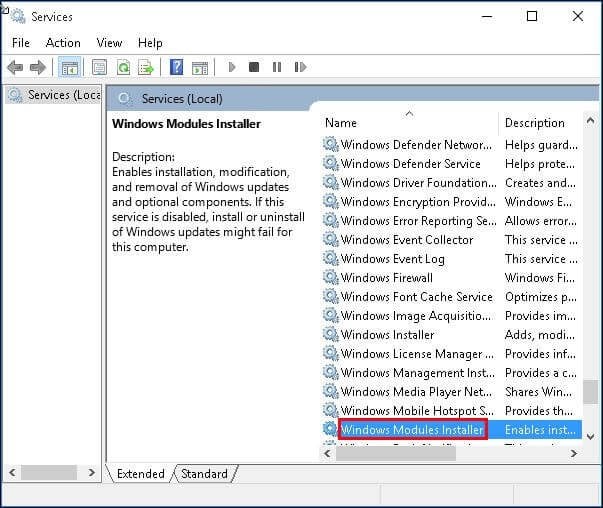

- #Run system file checker in windows 10 boot menu install#
- #Run system file checker in windows 10 boot menu update#
Now, the boot menu will show both menu options.System File Checker is a feature in Microsoft Windows that users can scan the corrupt files and restore them. Open a command line, either as an administrator from inside Windows, or by booting to a command line using the Windows installation media and pressing Shift+F10, or by booting to Windows PE ( WinPE: Create USB Bootable drive).Īdd boot options for a Windows operating system. The boot menus should appear with both operating systems listed.
#Run system file checker in windows 10 boot menu install#
For example, if your PC has Windows 7, install Windows 10 onto the other hard drive or partition. Install a separate hard drive or prepare a separate partition for each operating system. The BCDBoot option allows you to quickly add boot options for a Windows-based operating system. When setting up a PC to boot more than one operating system, you may sometimes lose the ability to boot into one of the operating systems. Set up or repair the boot menu on a dual-boot PC Optional: Format your system partition: format (drive letter of your system partition) /qĪdd a boot entry for your Windows partition: bcdboot D:\Windows Use Diskpart to determine which drive letter contains your Windows partition and system partition ( diskpart, list vol, exit). For example, boot to the Windows installation disk and press Shift+F10, or boot to Windows PE ( WinPE: Create USB Bootable drive). If the system partition has been corrupted, you can use BCDBoot to recreate the system partition files by using new copies of these files from the Windows partition.īoot your PC to a command line. New for Windows 10: By default, during an upgrade, BCD elements such as debugsettings or flightsigning are preserved. Specifies that any existing BCD elements should not be migrated. BCDBOOT ] [/m [ object in Windows Boot Manager. The following command-line options are available for BCDBoot.exe. Use /addlast to add it to the bottom of the boot order list. Use the /p option to preserve the existing UEFI boot order. By default, this entry is placed as the first item in the boot list.


#Run system file checker in windows 10 boot menu update#
On UEFI PCs, BCDBoot can update the firmware entries in the device’s NVRAM: Use the /d option to preserve the existing boot order. By default, BCDBoot moves the boot entry for the selected Windows partition to the top of the Windows Boot Manager boot order.Use the /m option to retain the values from an existing boot entry when you update the system files. If there is already a boot entry for this Windows partition, by default, BCDBoot erases the old boot entry and its values.Use the /c option to ignore the old settings and start fresh with a new BCD store. In Windows 10 and later, During an upgrade, BCDBoot preserves any other existing boot entries, such as debugsettings, when creating the new store.BCDBoot creates a new BCD store and initialize the BCD boot-environment files on the system partition, including the Windows Boot Manager, using the %WINDIR%\System32\Config\BCD-Template file.To configure the system partition, BCDBoot copies a small set of boot-environment files from the installed Windows image to the system partition.īCDBoot can create a Boot Configuration Data (BCD) store on the system partition using the latest version of the Windows files: Windows Assessment and Deployment Kit (Windows ADK)Ĭ:\Program Files (x86)\Windows Kits\10\Assessment and Deployment Kit\Deployment Tools\amd64\BCDBoot\BCDBoot.exe Windows Preinstallation Environment (WinPE) If you've installed more than one copy of Windows on a PC, you can use BCDBoot to add or repair the boot menu. Set up or repair the boot menu on a dual-boot PC.If the system partition has been corrupted, you can use BCDBoot to recreate the system partition files by using new copies of these files from the Windows partition. To learn more, see Boot to VHD (Native Boot): Add a Virtual Hard Disk to the Boot Menu. Set up the PC to boot to a virtual hard disk (VHD) file that includes a Windows image.To learn more, see Capture and Apply Windows, System, and Recovery Partitions. In a typical image-based Windows deployment, use BCDBoot to set up the firmware and system partition to boot to your image. Add boot files to a PC after applying a new Windows image.You can use the tool in the following scenarios: BCDBoot is a command-line tool used to configure the boot files on a PC or device to run the Windows operating system.


 0 kommentar(er)
0 kommentar(er)
